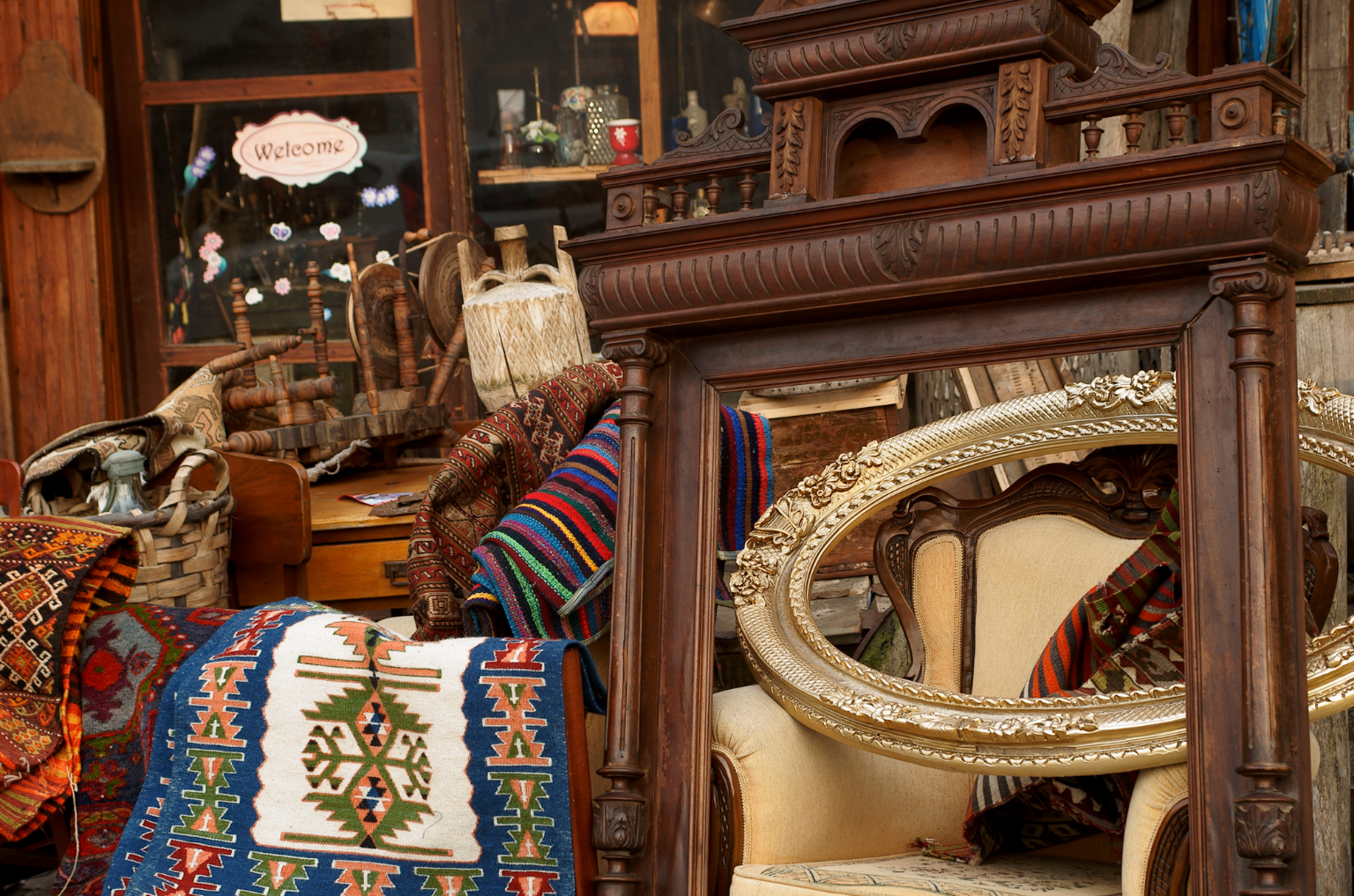The US recycles just 35% of their municipal waste.
And although there has been a mindset shift in recent years, we could definitely be doing better.
The problem with recycling is that firstly, it doesn’t solve the underlying issue. As a species we produce far too much waste – and much of it can’t be recycled. That which can, still needs to be processed and resources used to facilitate the function.
But there is light at the end of the tunnel.
A purer form of recycling which in the most part uses no additional resources and solves the problem of over production.
And the champions of this new age method – budding entrepreneurs and profit chasers.
What is Flipping?
So, what is flipping?
Well, in simple business terms, flipping is merely the process of buying something at a lower price than you sell it for. This can be done in 2 ways – and one is far better for the environment than the other.
In general, all businesses that sell products are essentially ‘flipping’ But in most cases they are ‘adding value’ to the materials they purchase and adding a margin of profit.
This is all well and good, and a vital part of any thriving economy. But the problem is this hunger for consumption of newly created products is a drain on our natural resources.
There is another way to profit in the global economy by adopting the same economic principles but in a far more environmentally sound way.
The second hand market for consumer goods has exploded in recent years. More so than ever people are shopping for bargains and discounts as a means to save money and live more frugally.
This has had some positive consequences, and ‘flipping second hand goods’ is now an environmentally sustainable way to make money.
How and Why Does it Work?
I am not suggesting that we boycott newly produced products, or even that we should stifle entrepreneurial creativity to enter new markets and reach new customers.
But there does seem to be a backlash of sorts from the modern day consumer.
In fact, as far back as 2008, Amazon launched a packaging programme designed to reduce waste, lower cost and provide customers with 100% recyclable, easy-to-open packaging.
So the mere fact that there is a demand for recognised sustainability and an audience to consume it is positive. And could be just the incentive ‘would-be- entrepreneurs need to kick start this sector of the economy.
Flea market flipping is one such way that has had massive environmentally positive impacts. And it works because nothing new is needed for both side of the commercial exchange to benefit.
One can simply profit from price deviations in different markets, advanced knowledge of a particular product, or by adding value to the item.
Benefits to the Environment
The fact that flipping second hand goods is a process that requires no production is totally advantageous to the worlds resources.
Instead of mass production increasing, the process of recycling , or upcycling is a way to lighten the burden of these scarce resources.
If the demand for such innovative entreprenural business practice could grow inline with the supply, perhaps a new economic age is on the horizon.
In the US, the recovery rate for recycling (including composting) was 35.2 percent in 2017, up from 34.7 percent in 2015.
This shows there is a shift in the right direction, and the more education and publication the environmental benefits of flipping and reusing good have, the better.
It will see a reduction in the amount of waste being sent to landfill. There will be less of a need for the production of new or raw materials. Therefore we will see a fall in air pollution, water pollution and greenhouse gas emissions.
It may be a simple way to sustainably allow for profiting entrepreneurs with an environmentally conscientious objective.


